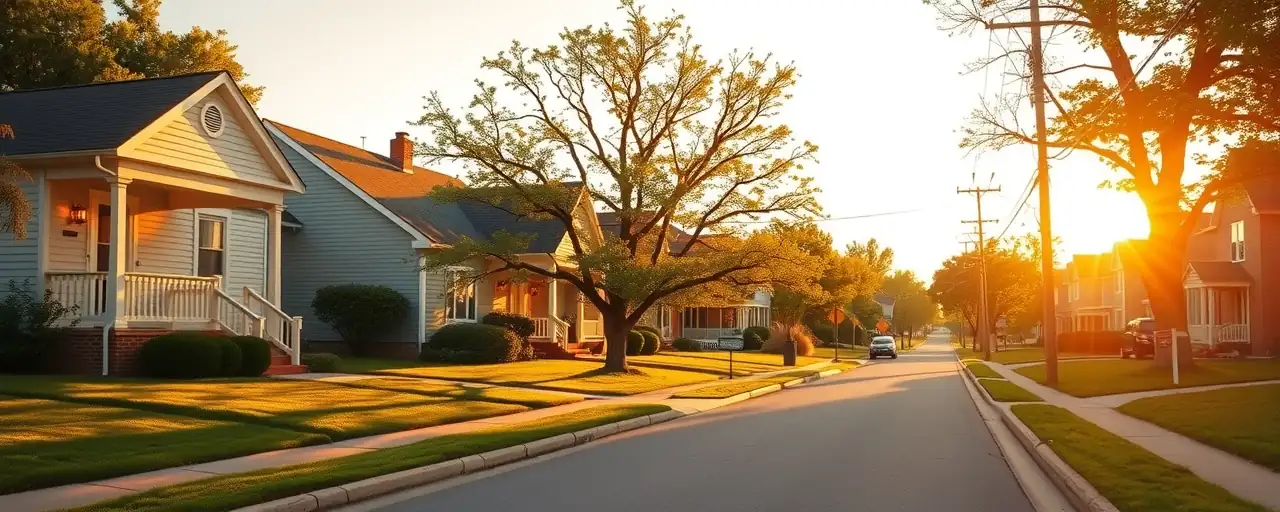New York’s Push for Safer Streets
New York has taken a bold stand on gun regulation, crafting some of the nation’s toughest laws. Universal background checks, red flag protections, and restrictions on high-capacity firearms form the backbone of its strategy. In 2023, these efforts helped rank New York among the five safest states for firearm mortality, with fewer than five gun deaths per 100,000 people. Compare that to states with fewer restrictions, where rates often exceed 25 per 100,000.
The results are hard to ignore. Authorities have seized over 10,000 illegal guns, and shootings have plummeted by 53 percent since their pandemic high. Laws targeting untraceable ghost guns and rapid-fire devices have tightened loopholes, while over 14,000 extreme risk protection orders have stopped potential tragedies. For many residents, these measures bring a sense of security to schools, subways, and neighborhoods.
But the story doesn’t end there. These laws have ignited fierce debate, with some hailing them as lifesaving and others questioning their impact on personal freedoms. New York’s approach raises a core question: how do you protect communities while respecting individual rights?
Challenges in Court and Congress
New York’s gun laws face relentless scrutiny. Certain members of Congress have pushed for federal investigations, arguing that the state’s regulations encroach on Second Amendment rights. They’ve called on the Department of Justice to examine whether New York prioritizes politics over constitutional protections. Legal battles add fuel to the fire, with courts repeatedly testing the state’s framework.
The Supreme Court’s 2022 Bruen ruling, which invalidated New York’s strict concealed-carry requirements, forced the state to rewrite rules on sensitive locations and training mandates. Lawsuits targeting magazine limits and licensing protocols continue to challenge the system’s resilience. For those defending gun rights, these efforts aim to safeguard personal liberty from government overreach.
Supporters of the laws counter with evidence tying strong regulations to fewer homicides and suicides, benefits that extend beyond New York’s borders. This clash captures a deeper national struggle, where consensus on gun policy remains elusive.
A Nation Divided on Guns
New York’s fight reflects a broader, polarized debate across the United States. Surveys reveal sharp divides, with many Democrats favoring tighter controls and most Republicans defending gun ownership rights. Some policies, like background checks for those with severe mental health issues or raising the purchase age to 21, find bipartisan support. Yet, ideas like banning high-capacity magazines spark fierce disagreement.
This divide has deep roots. Since the 1970s, gun policy has become a partisan flashpoint, shaped by advocacy groups on both sides. Those pushing for stricter laws view gun violence as a public health crisis, championing community programs and safe storage rules. Meanwhile, gun rights advocates emphasize self-defense and constitutional protections, wary of regulations that might limit personal freedom.
State policies amplify this split. While New York and states like California bolster their laws, others, like Kentucky and South Carolina, expand carry rights. This patchwork of regulations highlights the difficulty of unifying a nation with diverse values.
What It Means for New Yorkers
For New York residents, the debate hits home. Parents seek safer schools, commuters want secure transit, and communities demand fewer illegal guns driving violence. The state’s $370 million investment in community violence programs targets underlying issues, and early data shows fewer shootings in cities. These efforts resonate with those who see regulation as a path to stability.
Yet, some New Yorkers, especially in rural areas, feel the laws unfairly burden responsible gun owners. For them, firearms are a tool for self-defense, and urban-focused policies can seem disconnected from their realities. Bridging these perspectives remains a steep challenge.
New York’s journey offers insights for others. Its laws demonstrate that strong regulations can save lives, but they also face persistent legal and political hurdles. The bigger question is whether these policies can hold firm in a deeply divided landscape.
